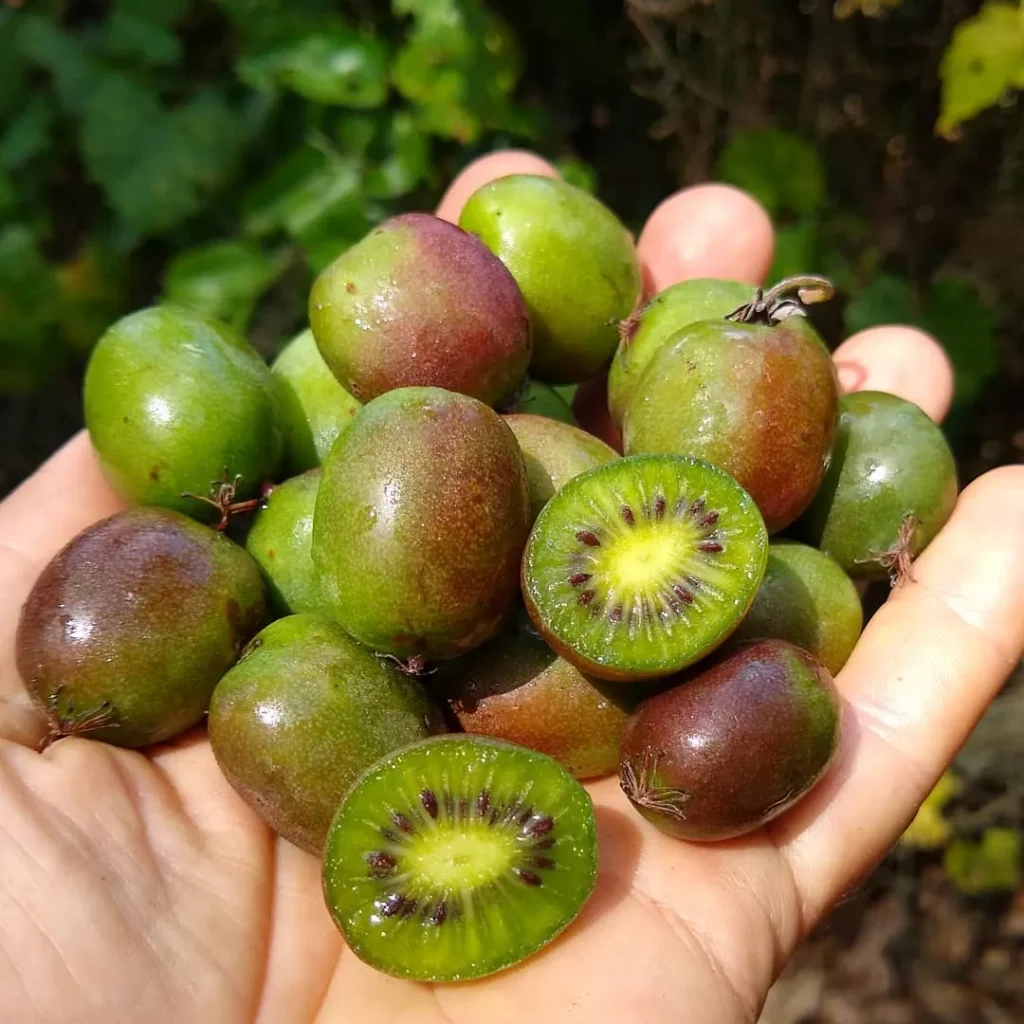A Plant Unlike Any Other: Unveiling the Mysteries of the Hydnora Africana
As a botanist with a deep fascination for the bizarre and wonderful in the plant kingdom, the Hydnora africana has always held a special place in my heart. This underground dweller, with its otherworldly looks and unique parasitic lifestyle, never fails to spark my curiosity. Today, I want to take you on a journey to explore the secrets of this enigmatic plant.
7 Species in Genus Hydnora
Where Does the Hydnora Africana Live?
Imagine a landscape bathed in the relentless African sun – arid deserts and sprawling grasslands. Buried beneath the surface of this unforgiving environment lies the Hydnora africana, a plant that shuns the light. It spends its entire life underground, clinging to the roots of its host, a Euphorbia species like the familiar candelabra tree.
Who Discovered the Hydnora Africana?
The first documented encounter with this strange plant came in 1775. Carl Thunberg, a Swedish botanist exploring South Africa, stumbled upon this bizarre specimen. He named it Hydnora africana, with “africana” referencing its origin and “Hydnora” possibly derived from the Greek word for water (hudor), a likely misconception due to its underground life.
What is Unique About the Hydnora Africana?
This plant is a master of defying expectations. Unlike most plants, it lacks chlorophyll, the pigment that gives leaves their green color and allows them to photosynthesize. So, how does it survive? The answer lies in its parasitic nature. The Hydnora africana taps into the water and nutrients of its host, essentially stealing its lunch!
Another striking feature is the flower. Forget delicate petals and vibrant colors. The Hydnora africana produces a fleshy, carrion-scented bloom that emerges partially above the ground. This unusual strategy attracts its pollinators – dung beetles, drawn in by the pungent smell reminiscent of rotting flesh.
How Big is the Hydnora africana?
The Hydnora africana isn’t a giant. Its fleshy, scaly body typically reaches only a few inches in diameter. However, the flower can be quite impressive, sometimes growing up to 6 inches across.
Does a Hydnora africana Need Water?
Technically, no. Since it steals water from its host, the Hydnora africana doesn’t need to directly access water from the soil. This adaptation allows it to thrive in harsh, dry environments where most plants would struggle.
How do Hydnora Africana Reproduce?
The carrion-scented flower plays a crucial role in reproduction. Dung beetles, lured by the foul odor, land on the bloom and become dusted with pollen. As they blunder around, they carry the pollen to other Hydnora africana flowers, facilitating cross-pollination. After successful pollination, the flower develops into a fleshy fruit that matures underground, taking up to two years to ripen fully.
How do Animals Use the Hydnora Africana?
While the Hydnora africana might not be the most aesthetically pleasing plant, it does have some fans in the animal kingdom. Certain mammals, including jackals (hence the nickname “jackal food”), relish the ripe fruit. The fruit’s starchy flesh provides a valuable source of energy in the arid savanna.
How is the Hydnora Africana Connected to the Environment?
The Hydnora africana plays a subtle but crucial role in its ecosystem. By parasitizing Euphorbia plants, it helps to regulate their populations. Additionally, the fruits provide sustenance for animals, contributing to the overall food web of the savanna.
Is the Hydnora africana Only Found in Africa?
Yes, the Hydnora africana is a true African native. Its range stretches across southern Africa, from Namibia and South Africa to Botswana and Ethiopia.
What Does the Hydnora Africana Eat?
The Hydnora africana doesn’t have a mouth or digestive system in the traditional sense. However, it has specialized structures called haustoria that penetrate the roots of its host plant. These haustoria act like straws, siphoning off water, nutrients, and sugars produced by the host through photosynthesis.
What Does Hydnora Africana do for the Environment?
Beyond its role in regulating Euphorbia populations and providing food for animals, the Hydnora africana contributes to the diversity of the ecosystem. Its unique parasitic lifestyle adds another layer of complexity to the web of life in the African savanna.
How to Grow Hydnora Africana?
Unfortunately, cultivating the Hydnora africana at home is quite challenging. It requires a specific host plant and thrives in a hot, arid environment. However, for those with access to the right conditions and a thirst for the unusual, research into specialized cultivation techniques can be a rewarding adventure.
The Hydnora africana is a testament to the remarkable diversity of the plant kingdom. This bizarre, underground dweller continues to fascinate scientists and inspire awe with its unique adaptations and ecological role. So, the next time you think of plants, remember the Hydnora africana. It’s a constant reminder that beneath the surface, even in the harshest environments, life finds a way to thrive, defying expectations and captivating us with its strange beauty.
If i die, water my plants!



